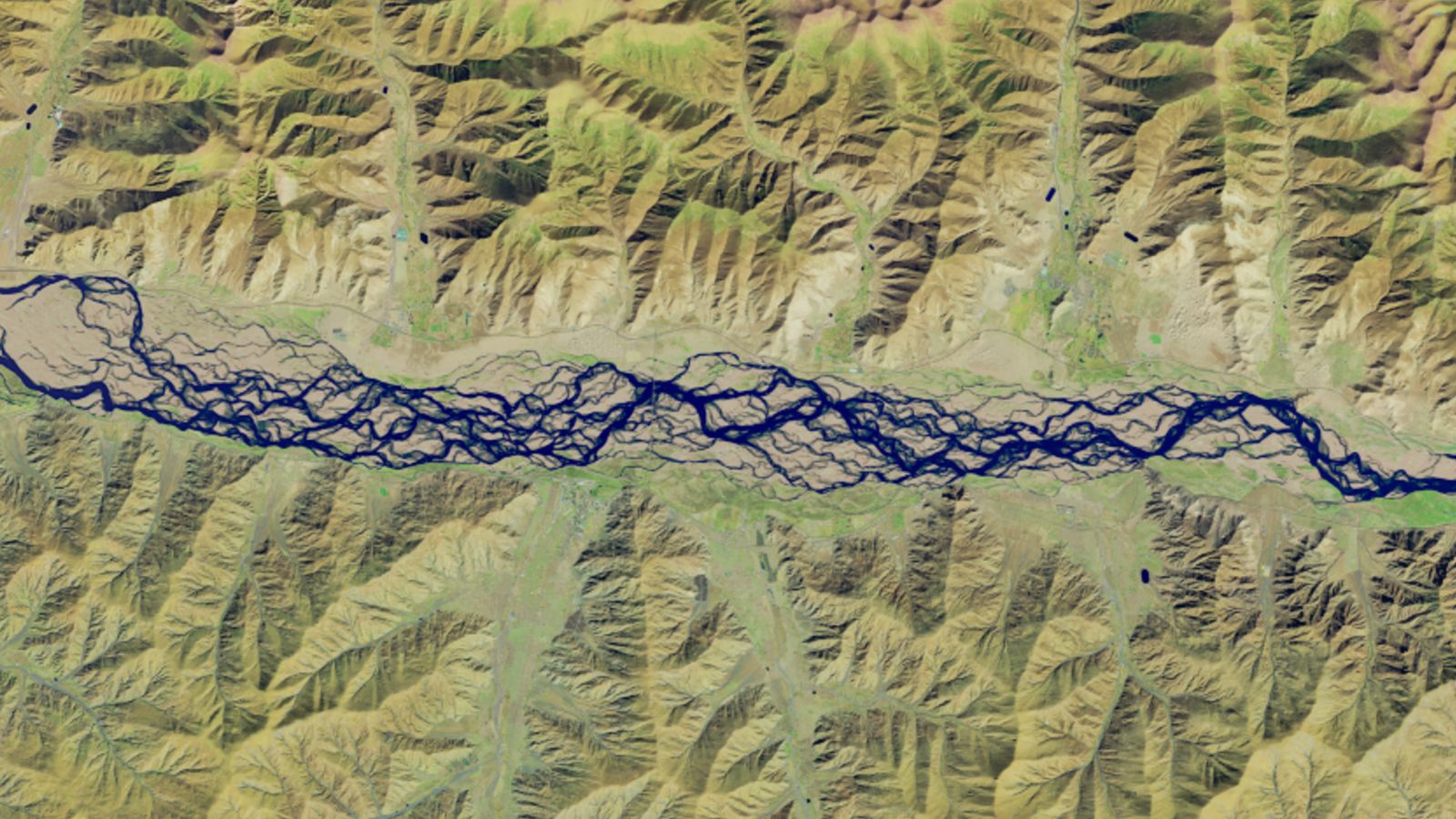The summer surge of COVID-19 doesn’t appear to be slowing down — instead, a key indicator for tracking the spread of the virus has increased, according to the latest data from the Centers for Disease Control and Prevention.
In an update shared Friday, official data showed wastewater activity for COVID-19 is now at a “moderate” level nationwide, up from “low” the previous week.
Wastewater levels for the virus are currently the highest in the Western U.S., the data also showed. States in this region showing high levels include: Alaska, California, Colorado, Nevada and Utah.
“Wastewater monitoring can detect viruses spreading from one person to another within a community earlier than clinical testing and before people who are sick go to their doctor or hospital,” the CDC notes. “If you see increased wastewater viral activity levels, it might indicate that there is a higher risk of infection.”
Other metrics are also showing increases in the illness. As of Tuesday, the CDC estimates COVID-19 infections are growing or likely growing in 45 states, which is up from 40 states last week.
And although the weekly percentage of emergency room visits for COVID-19 is overall low — compared to the week before, ER visits for the infection have also risen from last week.
As the nation saw the number of COVID cases increase last month, CBS News chief medical correspondent Dr. Jon LaPook told “CBS Mornings” that this is typical of what we’ve come to understand about summer spikes.
“We now know that there’s a winter spike and then there’s a summer spike,” he said at the time. “And every year, the number of deaths, the number of hospitalizations, is gradually going down each season. So that’s the good news.”
But, people shouldn’t ignore the increases, he said, adding if it strikes — especially those vulnerable like the elderly, young people and those immunocompromised — as they can still get really sick.
Source link
